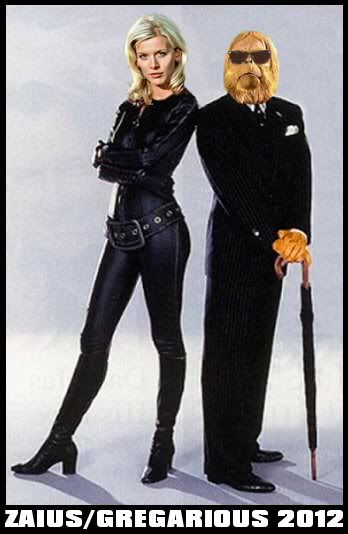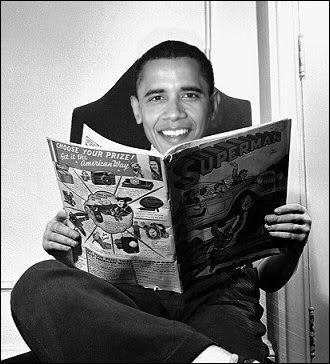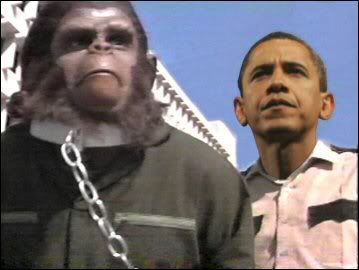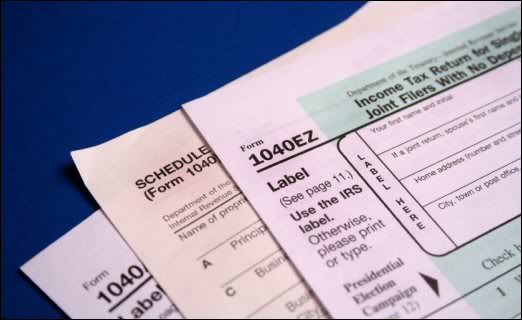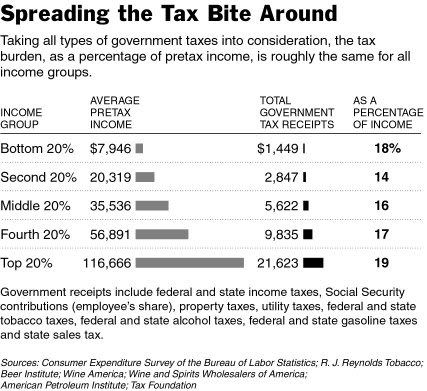The She Creatures singing "Sexy Robot"


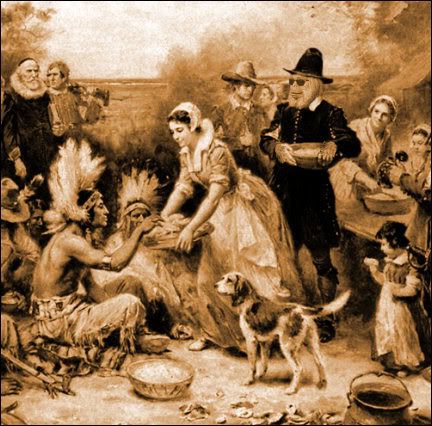
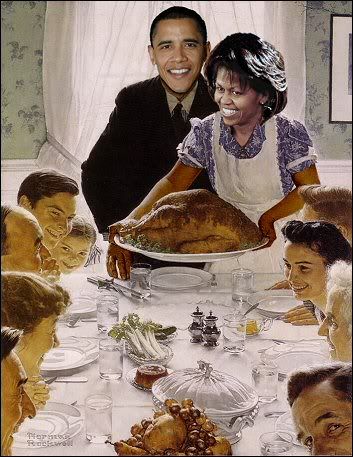

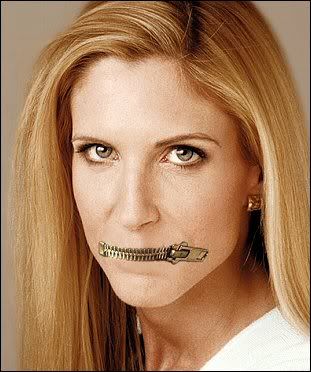






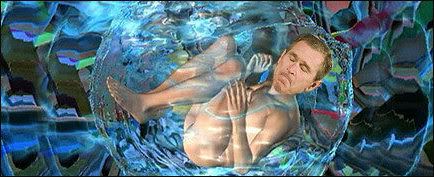
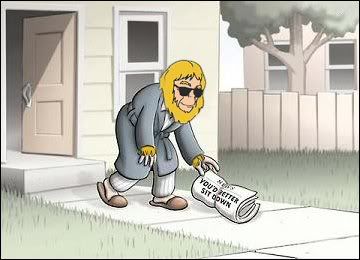
 Sarah Palin claims that she can see Russia and the Former Soviet Republics from her backyard... |  Germaine Gregarious has acquired nine of the twelve Soviet nuclear launch codes, and is working on the other three. |
 Sarah Palin calls herself a "maverick", evoking something of a bovine image for herself... |  "She-Va" is among the many nicknames that Germaine Gregarious has aquired, which means "the Destroyer of Worlds"... |
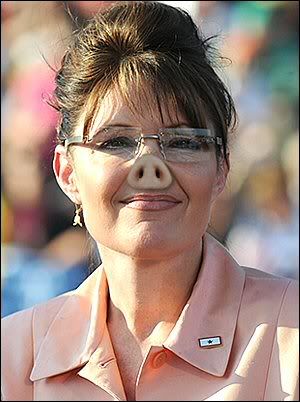 Sarah Palin wears lipstick.... |  Germaine Gregarious wears automatic weapons. |
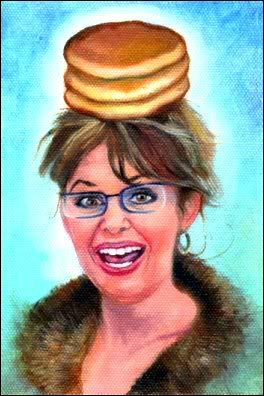 Sarah Palin wears pancake makeup... | 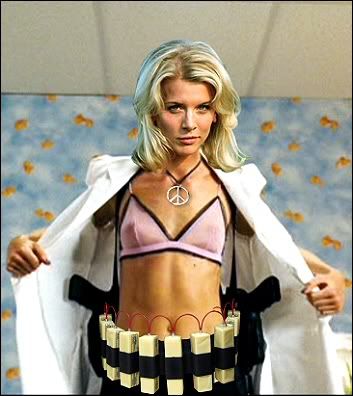 Germaine Gregarious wears plastic explosives. |
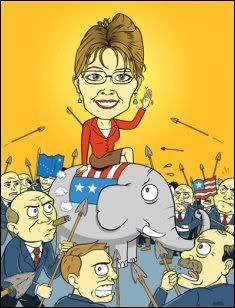 Sarah Palin is afraid of the media... |  Germaine Gregarious likes to have the mainstream media over for lunch on a regular basis. |
 Sarah Palin hunts defenseless animals for fun. |  Germaine Gregarious hunts defenseless corporate lobbyists for fun. |
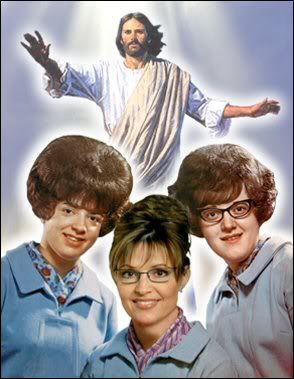 Sarah Palin uses her claimed devotion to God to inspire her followers... |  Germaine Gregarious inspires an immediate fear of the hereafter in others. |


